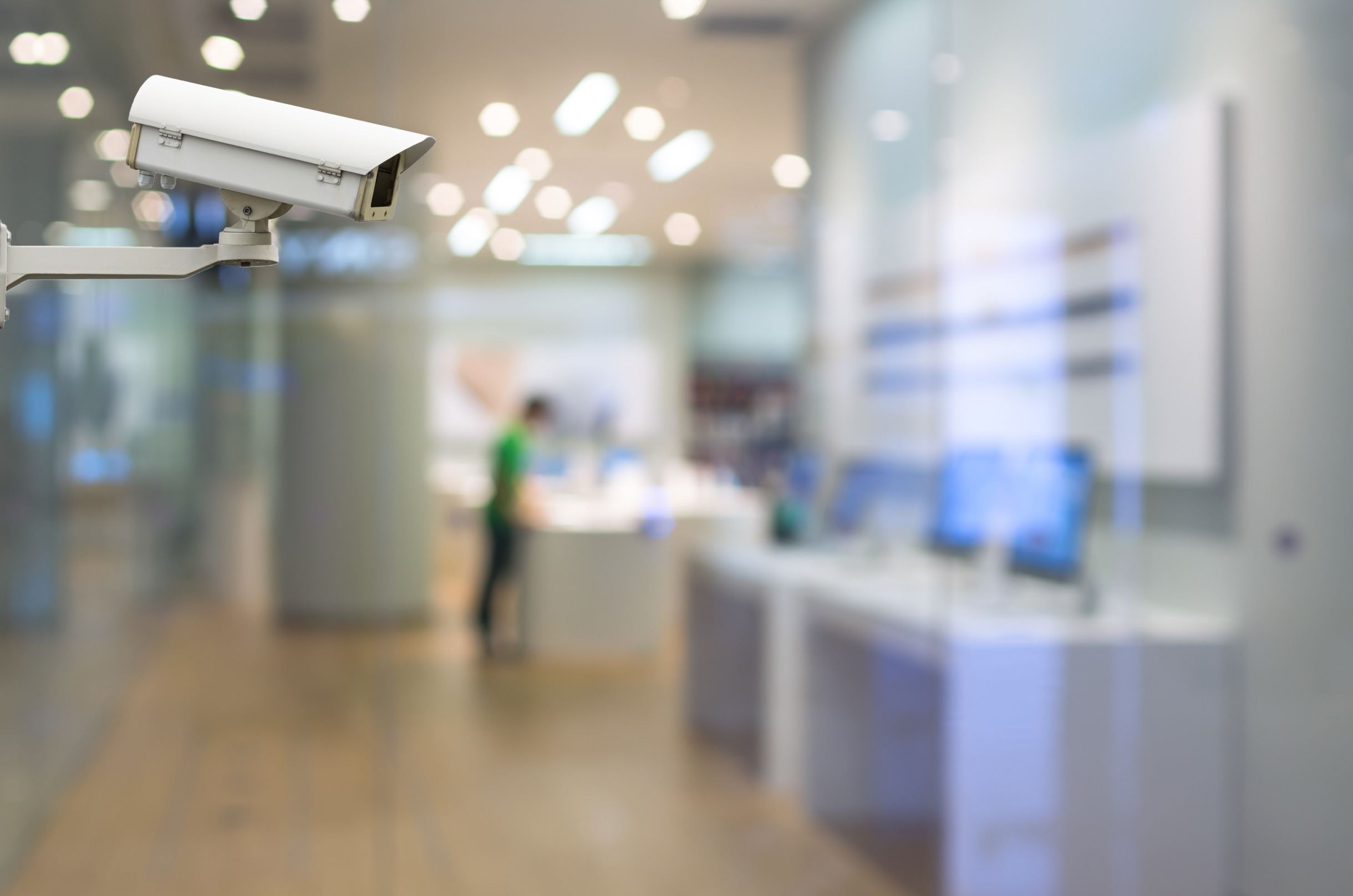Security cameras are a critical part of business protection, but in today’s economy, many owners or prospective owners are curious about how much electricity they consume. With energy costs continuing to rise, it’s natural to ask whether keeping indoor security cameras running 24/7 will impact your utility bill.
At SECOM, we understand the importance of balancing security with cost efficiency. In this guide, we’ll break down the electricity consumption of indoor security cameras, factors that affect their energy usage, and tips to keep costs low.
The electricity usage of indoor security cameras
Modern CCTV systems for businesses are designed to be energy-efficient, but ultimately their power consumption depends on several factors, from the type of camera to the quality of the video.
Factors that affect indoor security camera power usage
Camera type
- Wired cameras: wired cameras typically use a continuous power supply. Modern wired cameras are designed to be as energy-efficient as possible.
- Battery-powered cameras: while these consume less energy per day, they require regular charging or frequent battery replacements.
Resolution and video quality
The most commonly used resolution for CCTV is 1080p, which provides 2mp resolution. As a rule, the higher you go (up to 4K 8mp) the higher the energy consumption.
CCTV camera resolution options
- 1080p full HD (2mp)
- 1440p super HD (4mp)
- 1920p super HD (5mp)
- 4K/2160p ultra HD (8mp)
Additionally, features like infrared night vision require extra power to operate in low-light conditions.
Cloud storage vs local storage
- Cloud-based cameras continuously upload footage, leading to slightly higher energy use.
- Local storage (SD cards or NVRs) can be more energy-efficient, depending on system configuration.
What’s the average cost for indoor use of security cameras?
As explained above, the operation cost for indoor security cameras is dependent on a number of variables. On average, however, the energy consumption of a security camera should be between 5-20 watts. This translates to between 0.048 and 0.48 kilowatt-hours (kWh) per camera per day.
Monthly and annual energy costs
Based on average electricity rates, running a single camera in the UK will cost approximately:
- Low-power camera (2W) → £0.20 — £0.80 per month
- High-resolution camera (10W) → £1.00 — £4.00 per month
For businesses using ten or more cameras, electricity costs remain relatively low, often under £100 per year per camera.
The cost-benefit analysis of indoor security cameras for your business
While security cameras do add to your energy bill, the cost is minimal compared to the benefits they provide. A well-monitored business is less likely to experience theft, vandalism, or unauthorised access, potentially saving thousands in lost assets, insurance claims, and operational disruptions.
Preventing theft and shrinkage
One of the biggest financial risks for businesses is theft — whether from external threats or internal employee theft. Security cameras act as a powerful deterrent, reducing the likelihood of theft and saving businesses thousands in potential losses.
Lower insurance premiums
Many insurance providers offer discounts for businesses with security systems in place. By installing and maintaining indoor security cameras, you can often reduce your insurance premiums, cutting down on operational costs over time.
Reducing liability and legal costs
In the event of workplace accidents, customer disputes, or fraudulent claims, security footage can provide crucial evidence. This can protect your business from costly lawsuits, workers’ compensation claims, or false accusations that could otherwise lead to significant financial losses.
How to reduce energy costs while maintaining security
With that being said, you’ll still want to do everything you can to reduce costs — for all the benefits, you’re still running a business. Here are a few ways to maximise efficiency without compromising protection:
- Opt for energy-efficient cameras: choose models with low power consumption and smart standby modes.
- Use motion detection: instead of continuous recording, motion-activated cameras only power up when activity is detected.
- Schedule recording hours: adjust camera operation during non-business hours to optimise efficiency.
- Utilise local storage: reducing reliance on cloud storage can help lower energy consumption.
- Partner with a security systems provider: a reputable security systems provider can help you find the right balance of cost and protection.
If you would like to know more about SECOM’s business security systems, including indoor security camera implementation, visit this page.
The bottom line: indoor security cameras are cheaper than you may think, and pay for themselves in the long run
The small cost of operating indoor security cameras is far outweighed by the financial benefits they provide. From preventing losses and reducing insurance costs to improving workplace productivity, security cameras are an investment that can ultimately lead to significant long-term savings.
By choosing an energy-efficient security system, you can maximise protection while keeping operational costs low — ensuring the best return on investment for your business.
Want some help finding the right system for your business? Get in touch.
